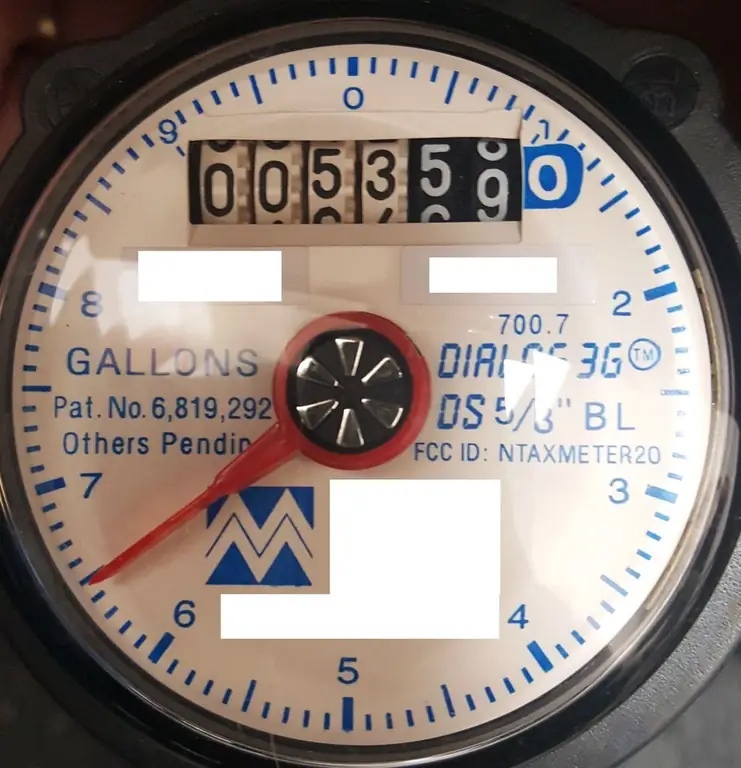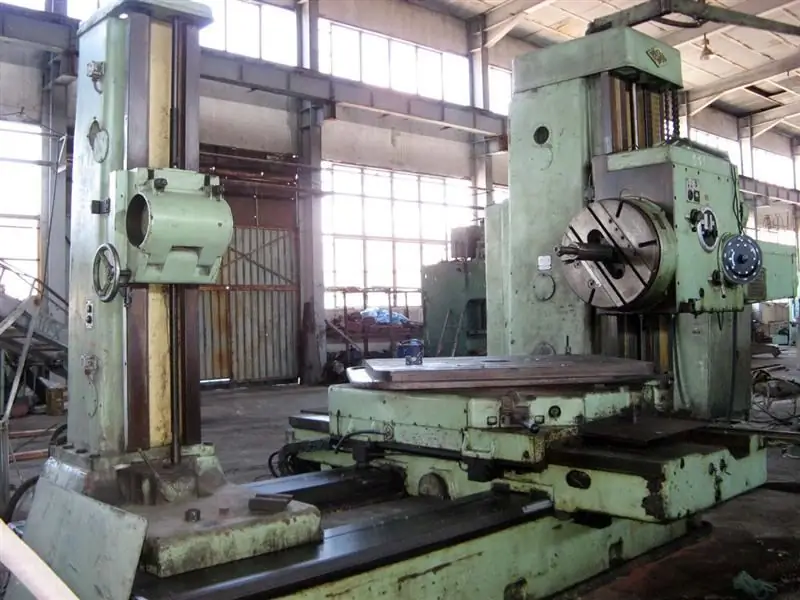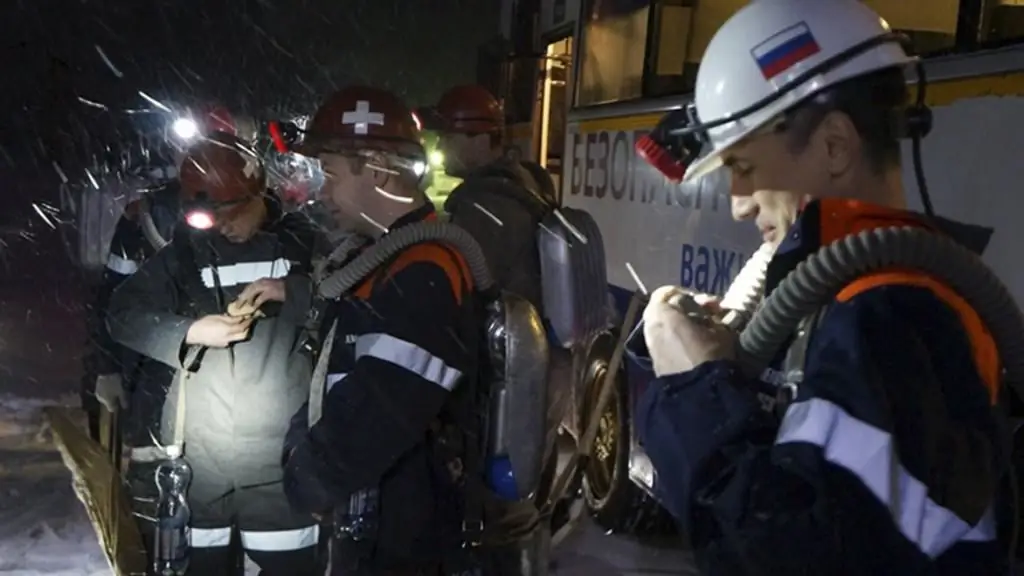2025 Author: Howard Calhoun | [email protected]. Last modified: 2025-01-24 13:10:25
The city of Vorkuta grew up on the site of a large coal deposit beyond the Arctic Circle. Open-cast coal mining in this region was not possible, which determined the active construction of mines in the 1930-1950s. A monotown with a developed coal mining becomes the backbone of the Arctic, but the industrial crisis that began at the turn of the 20th and 21st centuries led to the loss of a significant number of promising mines. The lack of operational exploration, difficult geological conditions, geodynamic phenomena, hazardous work and wear and tear of equipment resulted in a decrease in the overall production efficiency. As a result, only 4 out of 13 mines remain afloat today.
High-quality raw materials from Vorkuta mines
The Vorkuta geological and industrial region is of particular importance, being a strategic base for high-quality metallurgical and energy raw materials for the northern and central regions of Russia. It has the largest coal deposits in Europe (reserves of about 4 billion tons) and has a fairly high industrial potential. Coal from Vorkuta mines was in demand not only by domesticenterprises in the CIS countries, but also in Denmark, France, Italy, Sweden and Norway.
All coal production in the region is carried out by Vorkutaugol, one of the largest coal mining companies in Russia. Today it is represented by 5 underground mines ("Vorgashorskaya", "Severnaya", "Zapolyarnaya", "Komsomolskaya" and "Vorkutinskaya") and a coal mine ("Yunyaginsky") operating on the territory of the Pechora coal basin. Their total volume not so long ago averaged about 12.3 million tons of coal per year. Today's figures are much more modest due to the retirement of the Severnaya mine.
At the moment, 2 more mine fields of the Usinskoye deposit are in a state of readiness to ensure the extraction of 7.5 million tons per year of coking coal. Their total reserves are predicted to be almost 900 million tons of coal.

Through the pages of history
The presence of coal in the expanses of the Bolshezemelskaya tundra was first confirmed by the geographical expedition of Professor E. Hoffmann in 1848. However, the tsarist government did not give much attention to the territories of the Far North, all observations and research remained ignored for a long time. The discovery by A. A. Chernov of the Pechora coal basin in 1924 led to a number of expeditions, including an examination of the Vorkuta River for the presence of valuable raw materials. In 1930, five layers of coal of working capacity were found on the territory of the region, which predetermined the birth of the city.
In 1931 indetachments of miners, workers and geologists were sent to the area, who drilled the first exploratory well and raised the first thousand tons of coal. Vorkuta developed rapidly: new mines were regularly built and existing ones were merged. In 1945, about 10 mines operated in the region, in 1953 there were already 17 of them. In 1954, the Tsentralnaya mine was put into operation. It was the first mine in Vorkuta where free people worked. It should be noted that before that, the main labor force in the mines was represented mainly by the prisoners of the Vorkutlag camp.
In 1990, 13 mines operated in Vorkuta, but the subsequent restructuring of the coal industry eliminated most of them.

Vorkuta Mine
Vorkutinskaya coal mine was built and put into operation in 1973 on the basis of No. 1 ("Capital") and No. 40 mines in Vorkuta. The depth of its development is 780 meters. The object is working out the "triple" (2.2-3 meters) and "fourth" (1.4-1.6 meters) seams. Its category is recognized as dangerous for sudden emissions and for the explosiveness of coal dust.
The production capacity of the mine produces about 1.8 million tons of coal per year, while the raw material reserves are about 40 million tons. Given the indicators, the development of the mine will continue for more than a decade. For the full development of reserves, the management of the company faces a number of tasks to modernize production. During the operation of Vorkuta, miners mined 120 million tons of coal.

Komsomolskaya Mine
The construction of the Komsomolskaya mine in Vorkuta was completed in December 1976. It appeared as a result of a difficult combination of mine fields No. 17, No. 18 and No. 25. Since the start of work, miners have lifted over 70 million tons of coal.
Currently, there is a development of coal seams at great depths (1100 meters), which distinguishes the mine from the rest. Despite the complexity of the mining and geological conditions, Komsomolskaya continues to demonstrate a fairly high efficiency, providing 2Zh grade coal. The introduction of technologies to solve the problems of degassing and ventilation of coal mines is being practiced.

Zapolyarnaya Mine
In Vorkuta, the Zapolyarnaya mine is the only facility that has not undergone any group reconstruction and continues to work on the same industrial site for about 70 years. The first ton of coal was raised in December 1949. The mine went into operation with an estimated capacity of 500 thousand tons of coal per year, but it was quickly exceeded by 35%. Within its field (34 sq. km) there are "triple", "fourth" and "fifth" layers, but only the first two are working. Since 1970, Zapolyarnaya has produced 90 million tons of coal.
Zapolyarnaya Mine was one of the first to practice complex mining and served as an underground laboratory for testing mining equipment. Over the years, it has undergone many renovations and reforms. In 2010, the mine inonce again acted as a testing ground for new technologies. It successfully completed tests of the dry coal preparation plant.

Vorgashorskaya Mine
The largest coal mining enterprise in the European part of Russia is the Vorgashorskaya mine. Its construction began in 1964 and lasted almost 11 years. The first tons of coal were mined only in November 1975, but the achievements and records of the mine began to quickly replenish the pages of history. To date, the facility has already produced 168 million tons of coal.
"Vorgashorskaya", being one of the youngest mines in Vorkuta, is more modernized and equipped than others. In the arsenal of the facility there are samples of machinery and specialized equipment from leading manufacturers. Thus, the activation of the JOY complex in 2010 allowed the crew of site No. 1 to pass 1212 m of mine workings in a month. This achievement surpassed all the best results of the coal enterprises of the continent.
At this stage, the southwestern block is being mined, according to confirmed forecasts, more than 14 million tons of coking coal is located there.

Mine "Severnaya"
On the basis of the reconstruction of mine fields No. 5 and No. 7, the Severnaya mine was built and put into operation in December 1969. In Vorkuta, it was and remains the most promising, while the potential volume of its deposits has not yet been fully explored. Unlike other mines, the thickness of the coal seam at Severnaya reaches up to 4 meters. During her work there wereproduced 128 million tons of coking coal grade 2Zh.
In February 2016, a series of explosions occurred at the Severnaya mine in Vorkuta, resulting in the death of miners. As a result of this tragedy, it was decided to flood the facility. Nevertheless, from 2020, part of the Severnaya fields are planned to be mined through the adjacent fields of the Komsomolskaya mine.
Recommended:
How to clean your credit history in Russia? Where and for how long is the credit history kept?

It is not easy to get a loan for customers with delinquency. To increase your chances of getting a loan, you need to look for options to improve your credit history. You can clear your credit history within 1-3 months. This can be done in several ways
Shelf life of water meters: period of service and operation, verification periods, operating rules and time of use of hot and cold water meters

The shelf life of water meters varies. It depends on its quality, the condition of the pipes, the connection to cold or hot water, the manufacturer. On average, manufacturers claim about 8-10 years of operation of devices. In this case, the owner is obliged to carry out their verification within the time limits established by law. We will tell you more about this and some other points in the article
Anti-tank mine: specifications. Types and names of anti-tank mines

Anti-tank mine, as its name implies, is used to destroy armored vehicles. The task that the sappers set when installing it is at least to damage the chassis of the tank
Diamond boring machine: types, device, operating principle and operating conditions

The combination of a complex cutting direction configuration and solid-state working equipment allows diamond boring equipment to perform extremely delicate and critical metalworking operations. Such units are trusted with the operations of creating shaped surfaces, hole correction, dressing of ends, etc. At the same time, the diamond boring machine is universal in terms of application possibilities in various fields. It is used not only in specialized industries, but also in private workshops
Duration of the operating cycle. What is an operating cycle?

The company will not have problems with a lack of current assets if the management begins to strictly control the proportions between equity and debt capital, through which operations are financed

